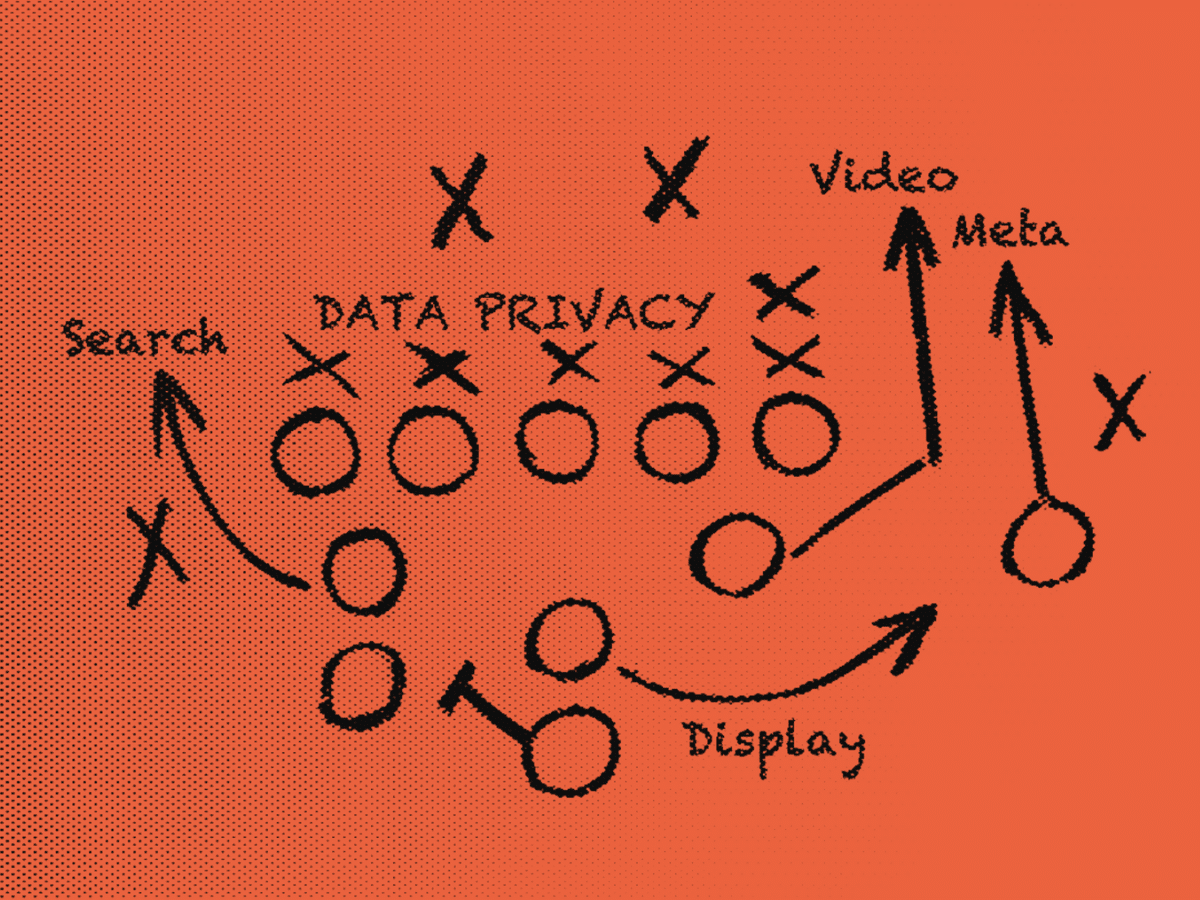The biggest problem facing Smart TVs is that their far smaller cousins, the Smartphone, have set the bar in consumer expectations. So here is what we have to do to actually make consumers care about Smart TVs.
Get Smarter
At Guide, one of our key insights—as simple as it may sound—is that people want TV experiences on their TV. Existing consumer research seems to back us up. A recent study from the NPD Group showed that the most successful apps for Smart TVs are video apps. Intuitively, this makes a lot of sense. A television’s comparative advantageover your laptop and smartphone is big picture and big sound. It offers little advantage in updating Facebook or scrolling through Twitter.
Rather than attempting to replicate normal browsing and app content, Smart TV developers should focus on delivering video experiences unique to the big screen—especially for a multi-user audience. Remember: unless your spouse is looking over your shoulder, tablets and phones are a one-to-one experience. Television is communal, and developers should recognize that and take advantage.
The conventional tech wisdom is that consumers don’t really care about Smart TV. But hardware companies obviously still do. What makes the platforms like Samsung’s Smart Hub so interesting is the way it was seamlessly integrates into the television’s interface. Surprisingly many of the Smart TV app platforms don’t allow for apps to communicate or interact with the video content you’re watching. Once the apps and the experience become more seamless consumers perception of Smart TVs value will change dramatically.
The CPU Challenge
Of course, that’s easier said than done. Smart TVs have very poor processing power. This hasn’t been an issue with the more popular apps because they’re optimized strictly to play video. But anything more complicated than basic streaming—especially gaming—has been a challenge.
Many of the Smart TVs on display at 2013 feature cranked up CPU power, but the 2012 models are already looking obsolete. Samsung recognizes this, and is offering hardware updates via “Evolution Kits”—small modules that slip into the back of the set, offering higher powered processors processors as they become available. Such upgrades need to become an industry standard as TVs have notoriously long replacement cycles.
Tipping Point?
Better hardware, Web-integrated interfaces, and 4K displays could create a tipping point for Smart TVs. Informa believes that 221 million smart TVs will be sold in 2017—a 400 percent increase from 2012. This translates to 800 million total sets in homes worldwide. But those numbers are nothing more than opportunity without the right apps and content. Apps sell hardware. Apple, Google, and Microsoft know this better than anyone. The manufacturers who can capitalize on Smart TV’s killer apps will dominate the market.
There are three areas where Smart apps backed by strong hardware could thrive:
- Gaming. Right now, video game consoles are an important point of entry to Smart TV and the connected digital ecosystem. The PlayStation 3 is the leading device for Netflix streaming, ahead of even the PC. But consoles suffer from many of the same weaknesses as existing Smart TV systems, namely a weak app ecosystem. Platforms like OnLive may be bringing console quality games to Smart TVs, but more powerful hardware will allow the new world of mobile game developers to start producing high quality casual game quickly and cost effectively for the Smart TV ecosystem.
- TV Subscription Service. What consumers really want is choice, and the real game changer for Smart TV will be streaming television apps that offer an à la carte content model. Apple TV has repeatedly been hyped as a challenger to the bundled cable business, but the company has yet to sign big name partners from the television industry. Google TV is currently meant to complement your existing cable subscription, not replace it. But Google may soon allowmanufacturers to build pure streaming boxes that would bypass cable entirely.
- Ecosystem Integration: Even if Smart TV can’t replace your gaming console or cable box, it can serve as the central hub in the connected device ecosystem. The long rumored new version of Apple TV will likely turn your television into a tablet with full integration of iOS apps. And mobile apps for Androids, iPhones, and others will become increasingly Smart TV compatible. Popular apps like Zeebox and Shazam are already trying to understand and anticipate the relationship between consumers, social media, and television. Mobile is having to do it because the TV tech just isn’t there yet—but it needs to be and will be soon.
Smart TV’s current drawbacks are real, but so are its opportunities for innovation. In Gartner’s Hype Cycle-lingo, the technology is currently treading water in the Trough of Disillusionment, but full realization of its potential is just over the hill. Personally I believe that the turning point for the re-invention of TV is just around the corner too. Do you?
Originally posted on PSFK on February 6th, 2013.






